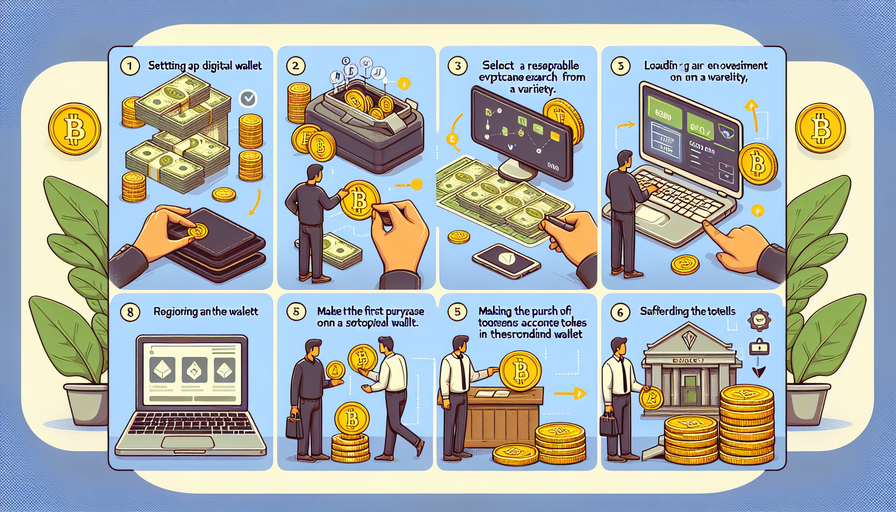Python is a versatile programming language that is widely used for various applications, from web development to data analysis. One of the key features of Python is its ability to run scripts, which are sequences of commands that automate tasks or perform specific functions. In this article, we will explore the different ways you can run Python scripts and provide a step-by-step guide on how to do so effectively.
1. Using the Command Line
One of the simplest ways to run a Python script is through the command line interface. To run a script using the command line, follow these steps:
– Open your command prompt or terminal.
– Navigate to the directory where your Python script is located using the `cd` command.
– Once you are in the correct directory, type `python script_name.py` and press Enter. Replace `script_name.py` with the name of your Python script.
2. Using an Integrated Development Environment (IDE)
Another common way to run Python scripts is through an Integrated Development Environment (IDE) such as PyCharm, Visual Studio Code, or Jupyter Notebook. IDEs provide a user-friendly interface for writing and running code. To run a script in an IDE:
– Open your IDE and create a new Python file.
– Copy and paste your script into the file.
– Click on the “Run” button or use the keyboard shortcut to execute the script.
3. Running Scripts in Jupyter Notebook
Jupyter Notebook is a popular tool among data scientists for interactive computing and data visualization. To run a Python script in Jupyter Notebook:
– Open Jupyter Notebook in your web browser.
– Create a new notebook or open


